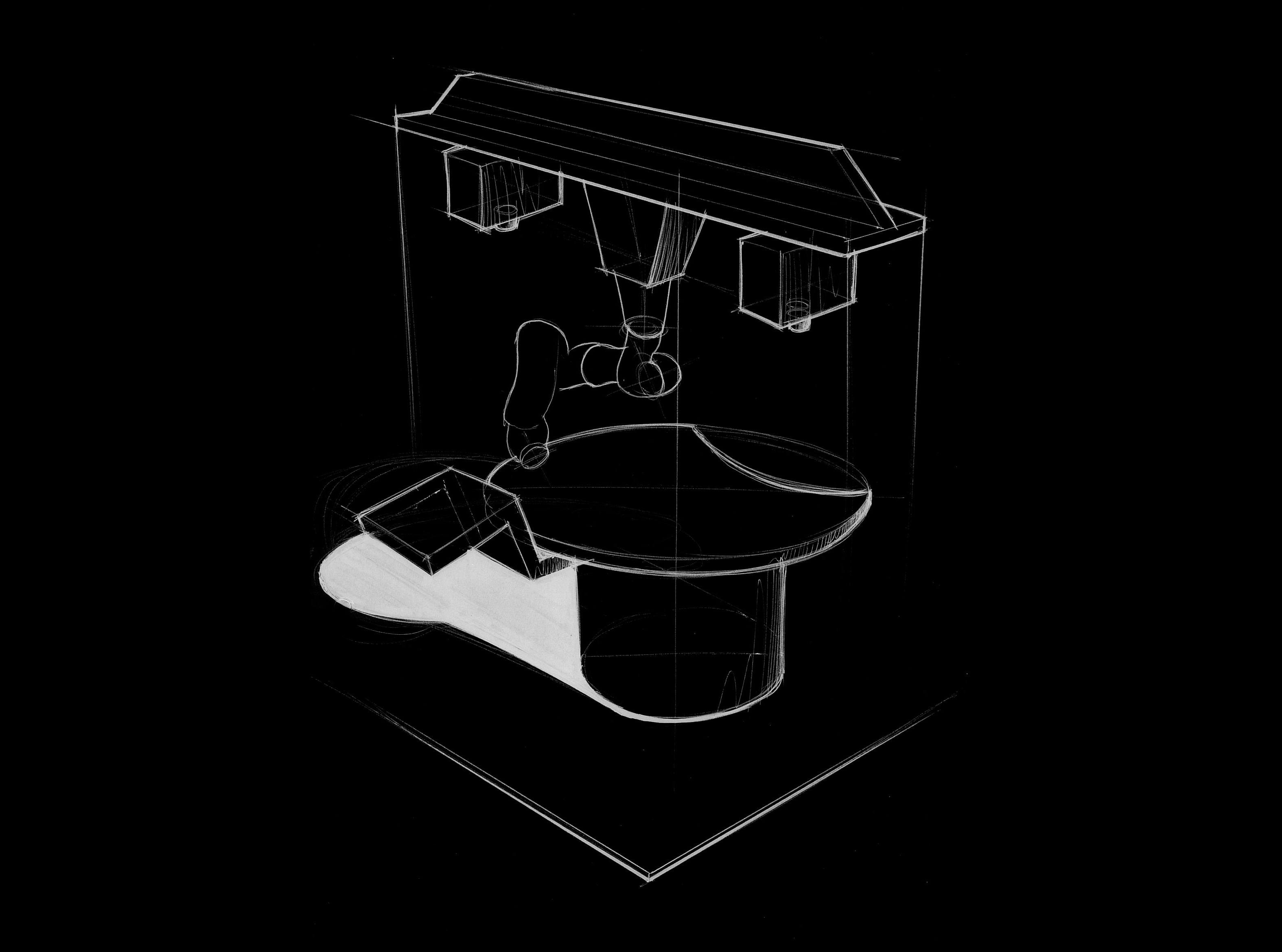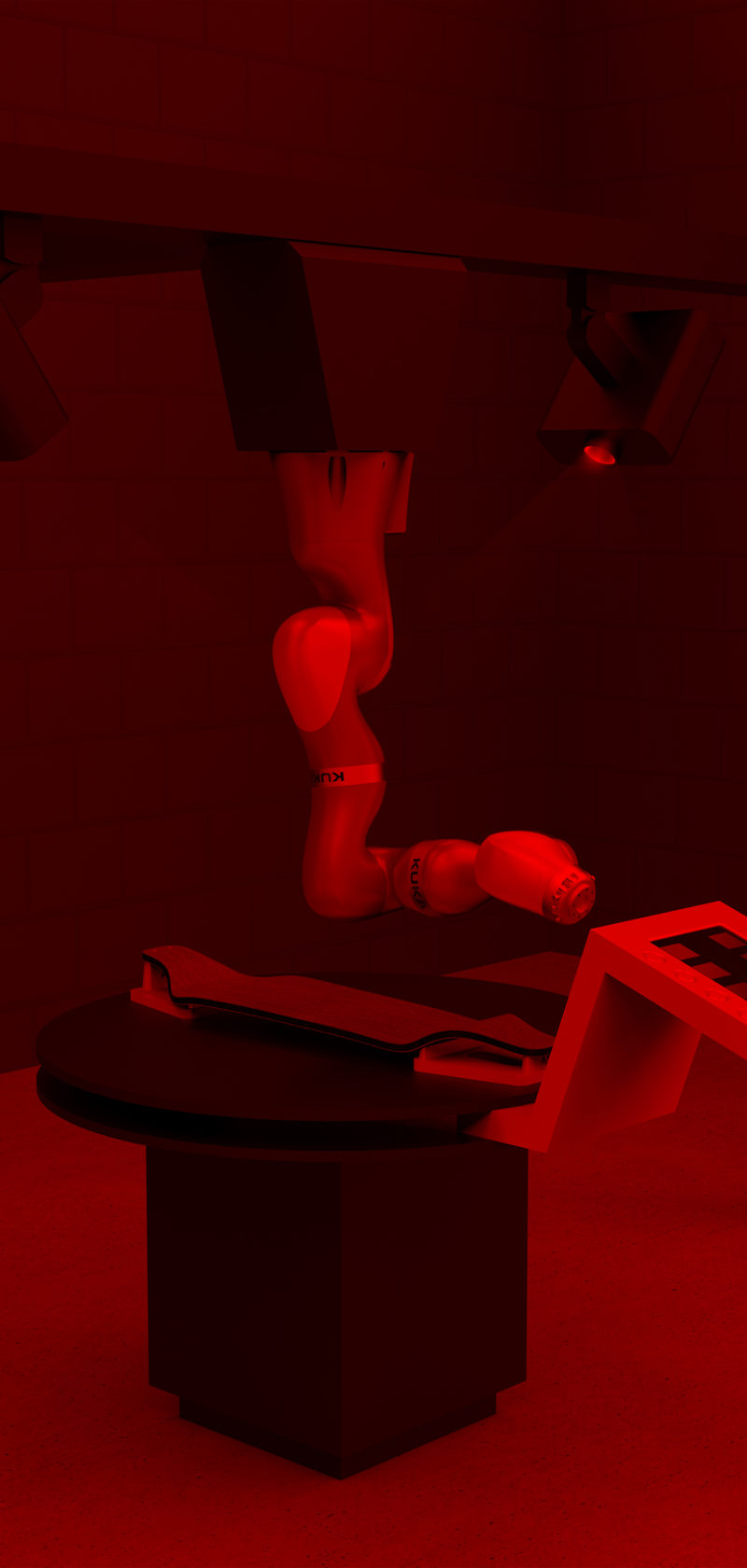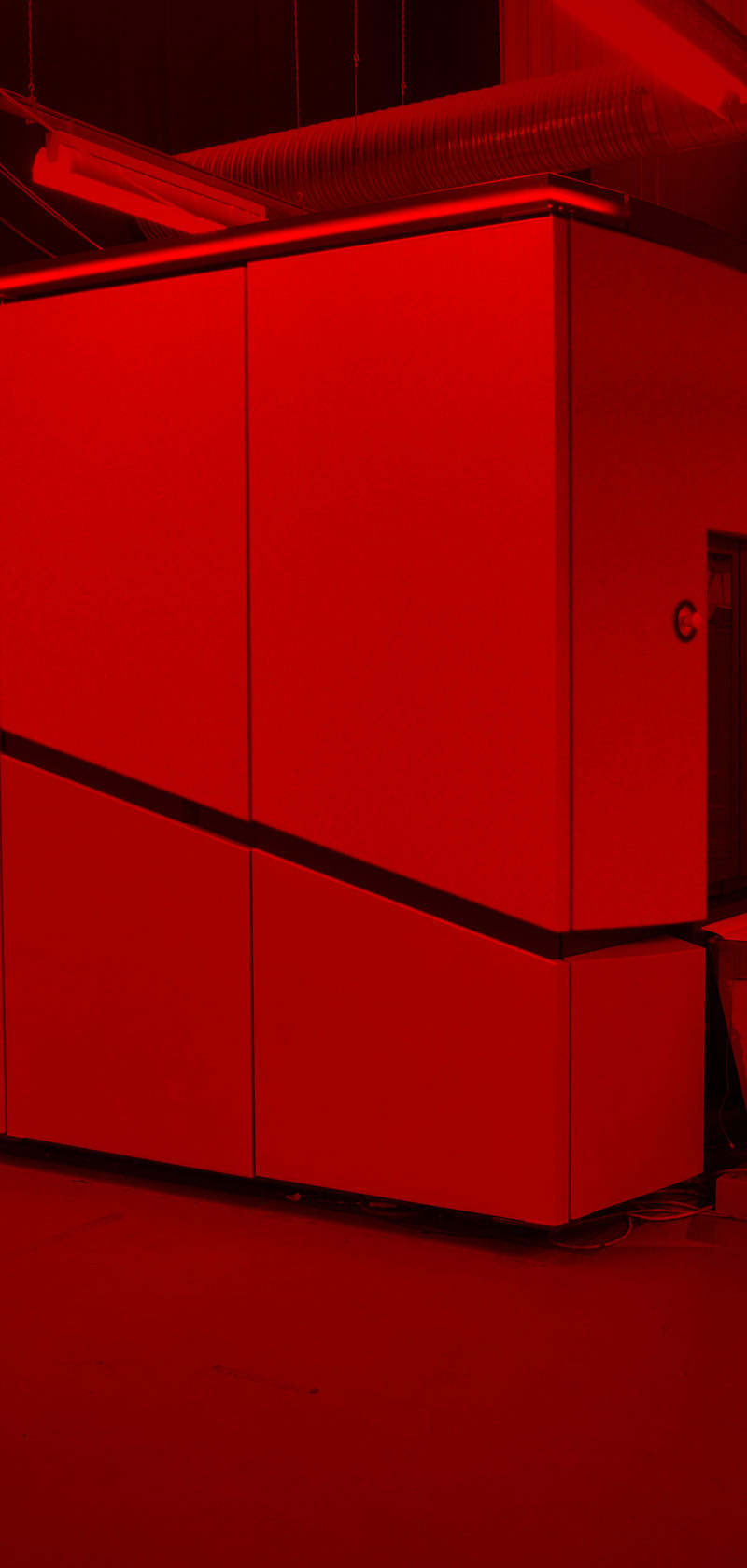Embodied Virtual Reality
Design a digital payment interaction that would offer the user some of the physical richness that accompanies a cash money transaction.
VR as a tool for design
This project was funded by Flanders Make, and was realized by GROUND EIGHT, in cooperation with Audi, Kuka, FRS Robotics and Aeroplane.
How can VR become a tool for interaction design? How does it fit other design tools like CAD, experience prototyping and 3D printing? These were the questions we asked ourselves at GROUND EIGHT. Audi Brussels provided us with a specific problem space, which allowed us to particularize these questions. In the production line of the A1 body panels, Audi needed a work cell in which, for each panel (doors, hood and trunk), the adhesion quality of the different panel parts could be checked. The operation was to be done by a cobot, the KUKA IIWA, which would track the contour of the panel, and check the adhesion quality with an ultrasonic sensor. We took on this assignment as a way to explore VR as a tool for interaction design.





VR as a tool for design
We did an initial exploration in CAD, which resulted in a preliminary CAD model of the Audi workplace, containing a horizontal work surface with the body panel fixed on it, and the KUKA IIWA mounted upside down, above this work surface. With this CAD information, we generated two models. First, we built a physical mockup of the work surface on real scale, in wood and cardboard. The A1 panels could be positioned and fixed on the surface. We did not build a replica of the cobot. Second, we imported the CAD model in a VR environment, where we animated the cobot to execute several action routines.


Mapping the physical over the virtual
We then mapped the VR model over the physical model, and as such spread out digital information over the physical world. When the user resides in the VR environment, he sees the work surface and the body panel, and can actually touch and feel them. The cobot and its movements are only virtually present. The result is a VR experience enhanced with real tactile and auditive information, and channeled by the natural limitations of the physical world. We call it Embodied VR.
We used this setup as a design tool to easily explore interaction with a cobot, without the need for a real cobot installation. The physical presence of the work surface and the body panels enhance the feeling of immersion, and make the experience more real.
The demonstrator has found a permanent place in the demo area of Flanders Make.







